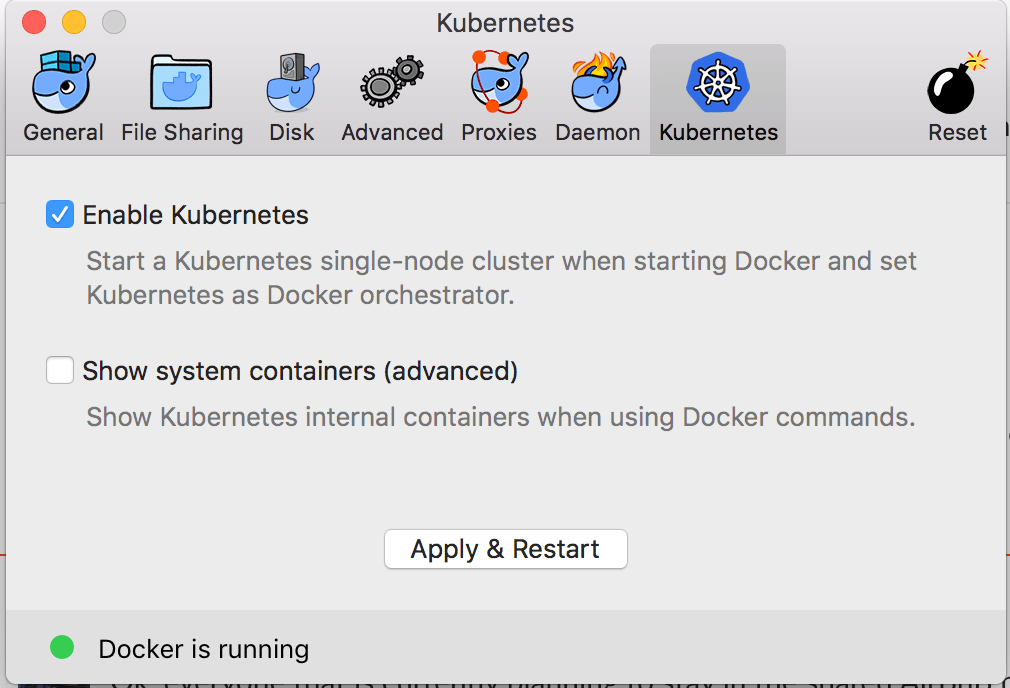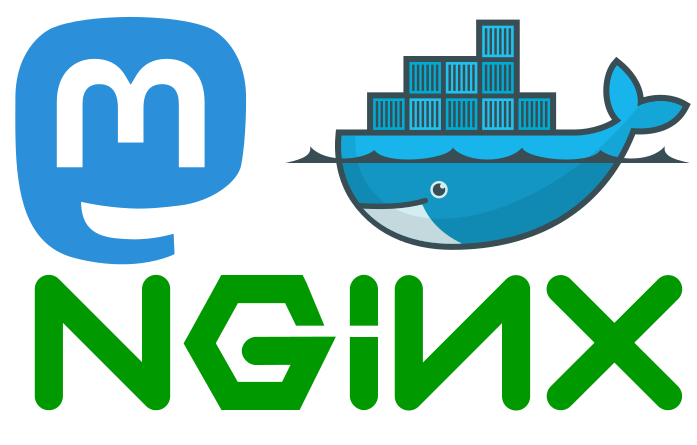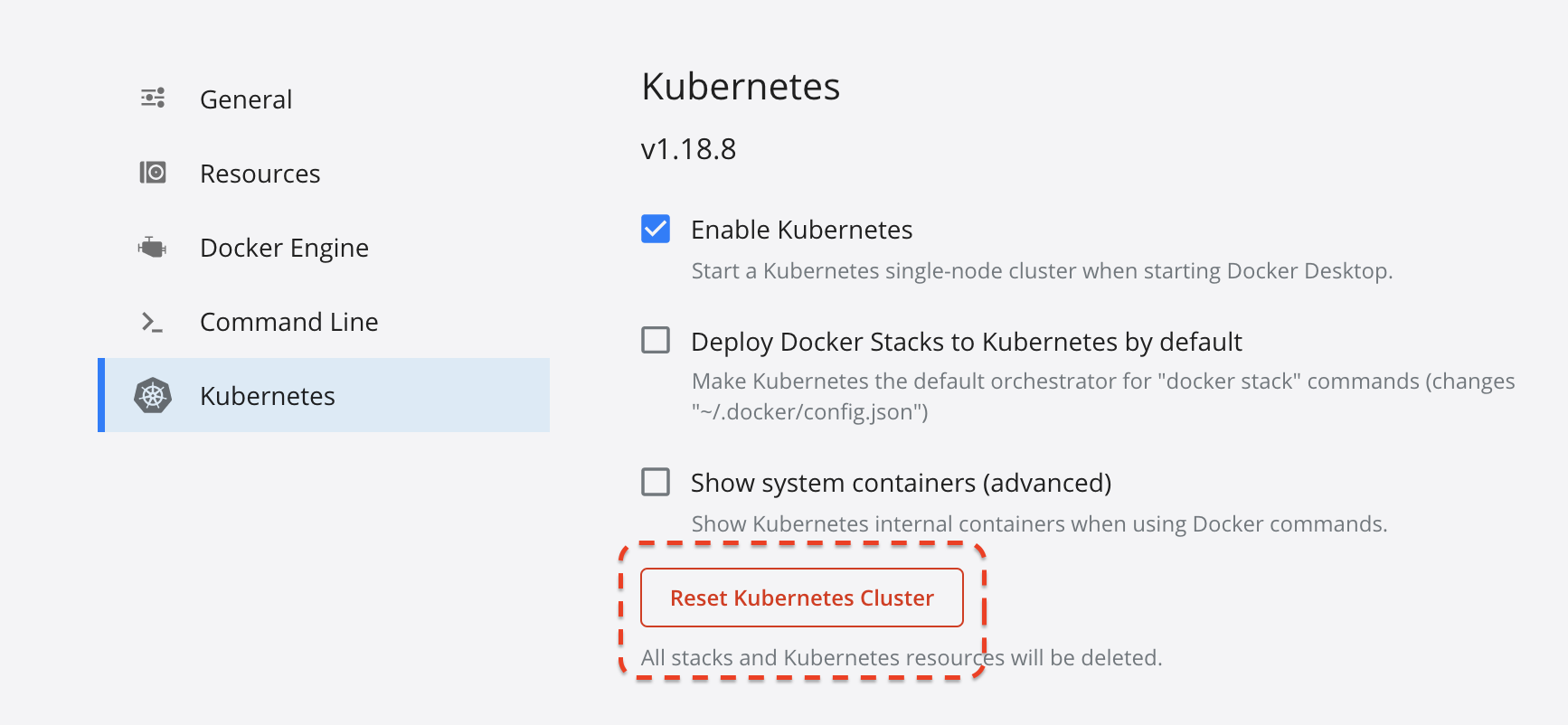

Now let’s create an ingress object to access our hello app using a DNS. kubectl create -f hello-app-service.yamlĬheck the service status kubectl get svc -n dev Create Kubernetes Ingress Object Step 7: Create the service using kubectl. Step 6: Copy the following contents and save the file. Step 5: Create a file named hello-app-service.yaml Step 4: Create the deployment using kubectl kubectl create -f hello-app.yamlĬheck the deployment status. Image: "gcr.io/google-samples/hello-app:2.0" Step 3: Copy the following contents and save the file. Step 2: Create a file named hello-app.yaml Step 1: create a namespace named dev kubectl create namespace dev Setup A Demo Applicationįor testing purposes, we will deploy a demo application and add a ClusterIp service to it.Īlso Read: Kubernetes deployment tutorial Based on your DNS provider, you can do this setting. This way you can have multiple dynamic subdomains through single ingress controller and each DNS can have its own path based routing.įor demo purposes, we have mapped a wildcard DNS to the LoadBalancer IP. If you map a wildcard DNS to the load balancer, you can have dynamic DNS end points through ingress. You can have path based routing using this model. Using this you can have only one domain for the ingress controller and multiple path based traffic routing. You can map single domain directly as a A record to the load balancer IP. To make our ingress settings work, we need to map a domain name to the load balancer IP.

kubectl get svc -n ingress-nginx Map a Domain Name To Loadbalancer IP Step 5: Check the created service if it is attached to the external load balancer. Note: The annotations under the labels are very important for integrating with the nginx controller deployment. Step 3: Copy the following contents to the file. Step 2: Create a file named nginx-ingress.yaml vi nginx-ingress.yaml mkdir ingress-deployment & cd ingress-deployment Step 1: Create a project directory locally and switch to that directory. Next step is to create a service of Type Loadbalancer to expose the nginx controller deployment outside the cluster. kubectl get pods -n ingress-nginx Setup LoadBalancer Service For Ingress Controller kubectl apply -f Ĭheck the ingress controller pods to make sure if it is setup correctly. Lets create the Nginx controller deployment using kubectl. You Might Like: Kubernetes Certification Tips


It has the consolidated list of kubernetes objects required for the Nginx controller. Let’s deploy the ingress controller using mandatory.yaml file from the official repo. You can create all the kubernetes objects mentioned using the yaml file from official ingress repo. Ingress controller needs a specific namespace, service account, cluster role bindings, configmaps etc. We will be using the Nginx controller from the kubernetes community. Nginx ingress controller by kubernetes community.If at all you face any error, you might need to do some tweaks in the setup. Logically it should work on all cloud environments. Note: This tutorial was tried on google cloud GKE cluster. Kubectl create clusterrolebinding owner-cluster-admin-binding \ ACCOUNT=$(gcloud info -format='value(config.account)') If you are on google cloud, assign admin permissions to your account to enable cluster roles. A valid domain to point to ingress controller Load Balancer.kubectl utility installed and authenticated to kubernetes cluster.Here is an example architecture of Kubernetes ingress using Nginx ingress controller Prerequisites: If you want to understand how Kubernetes ingress works, please read this blog post on Kubernetes Ingress Tutorial.
#DOCKER DESKTOP NGINX INGRESS HOW TO#
In this tutorial, you will learn how to setup Kubernetes ingress using Nginx ingress controller and to route traffic to deployments using wildcard DNS.


 0 kommentar(er)
0 kommentar(er)
